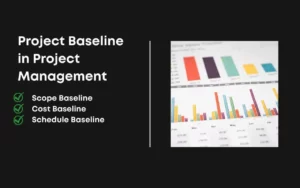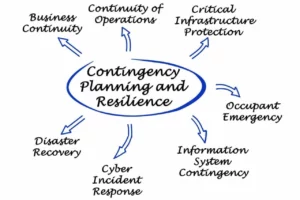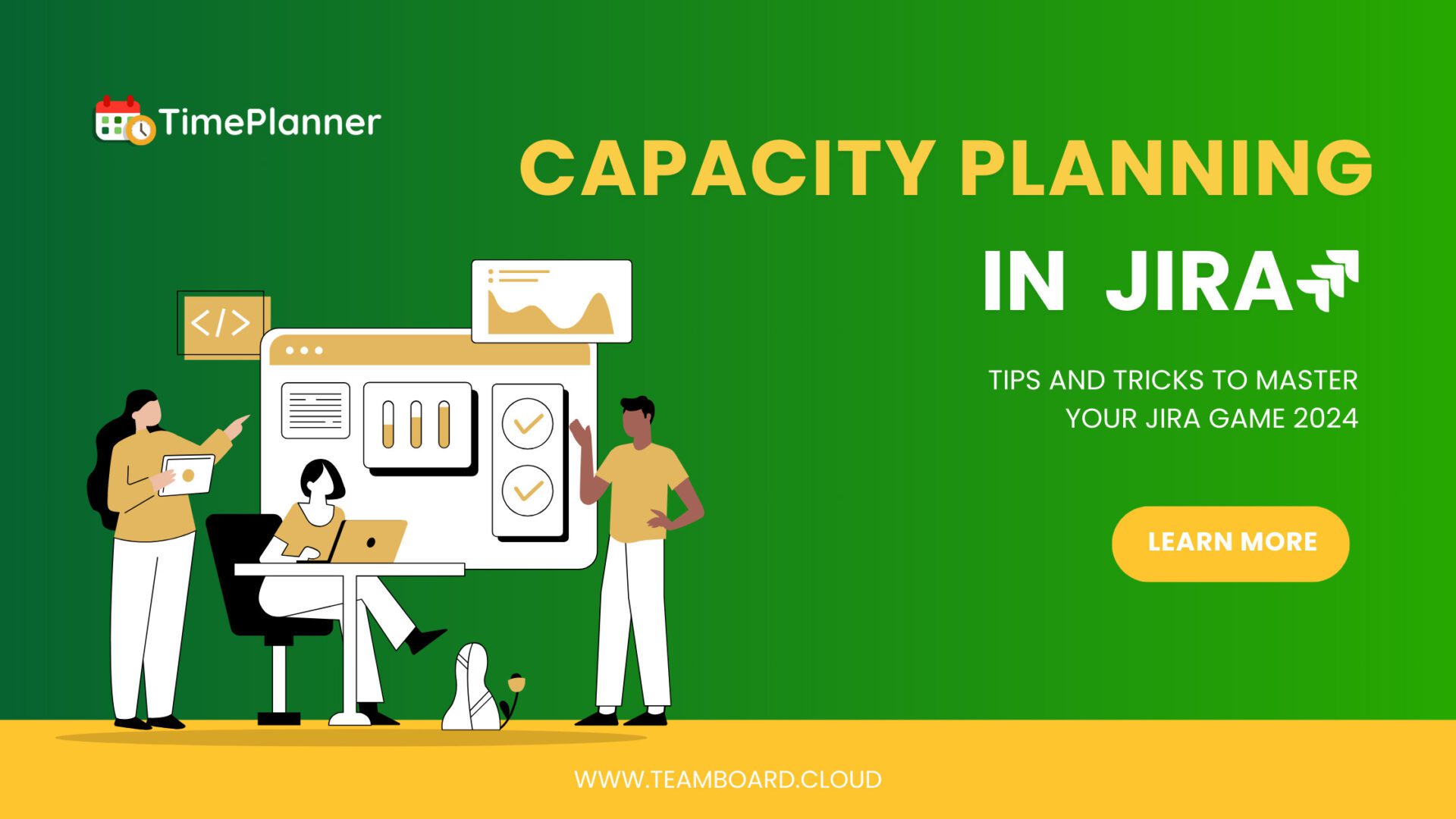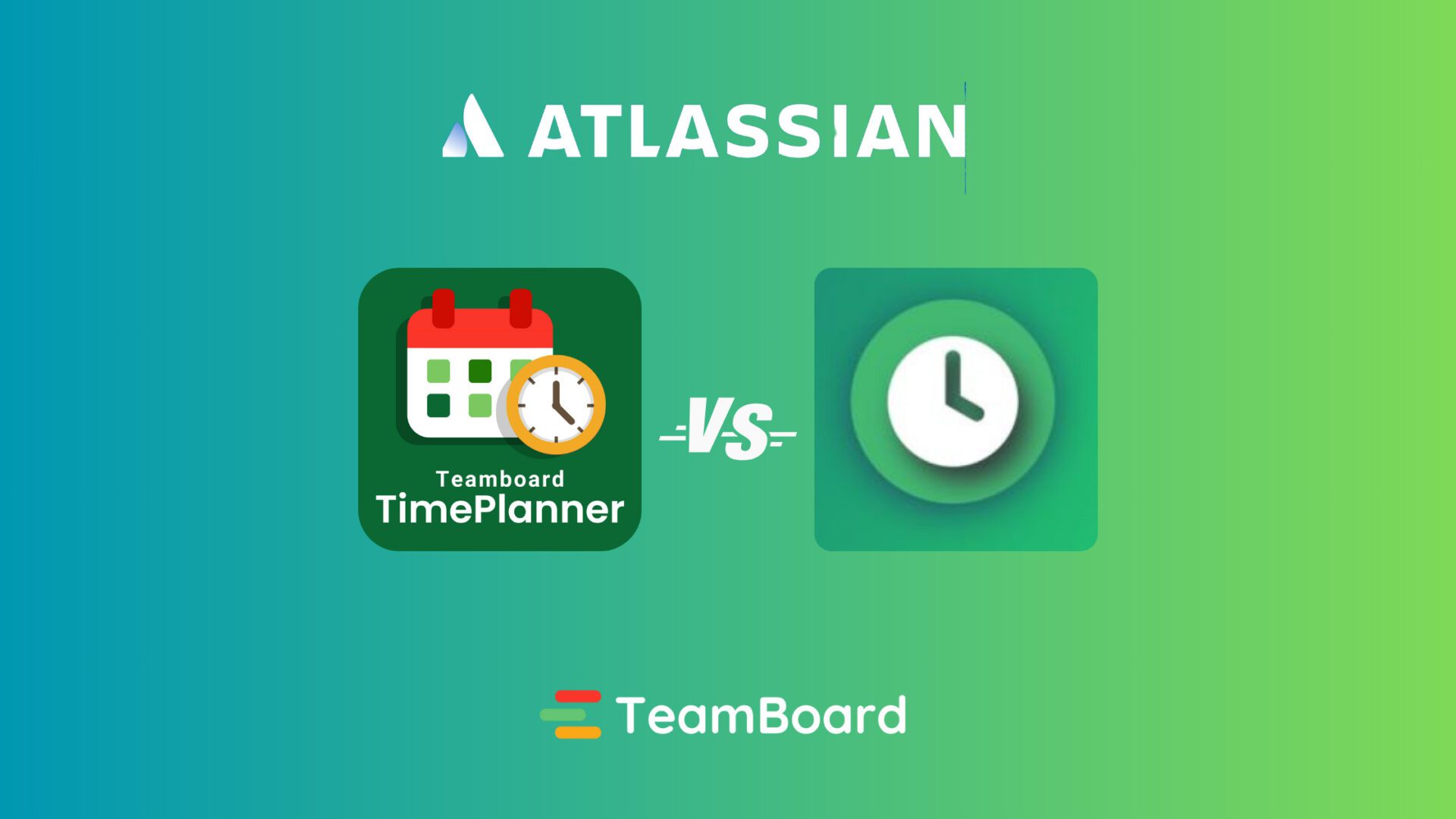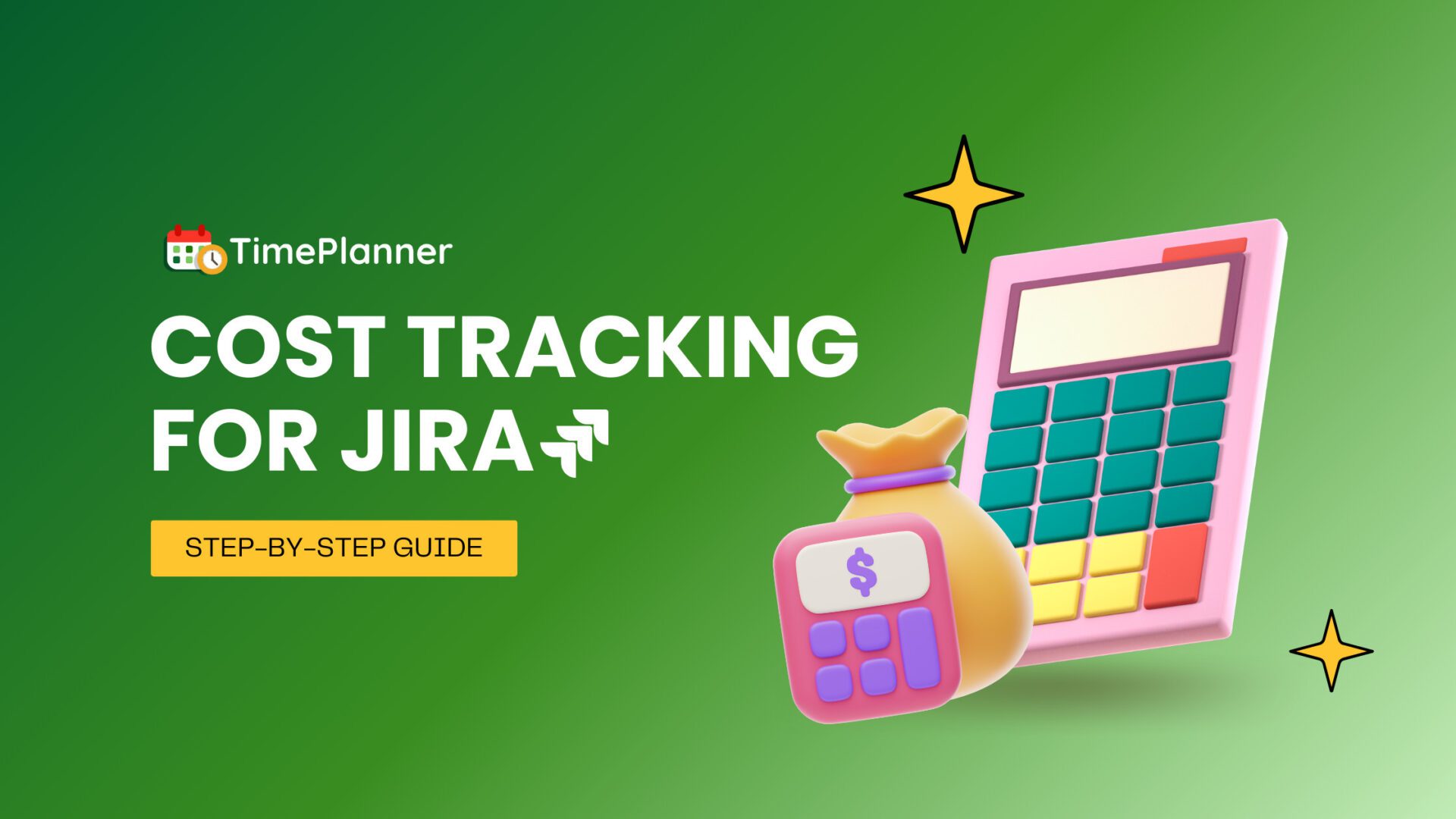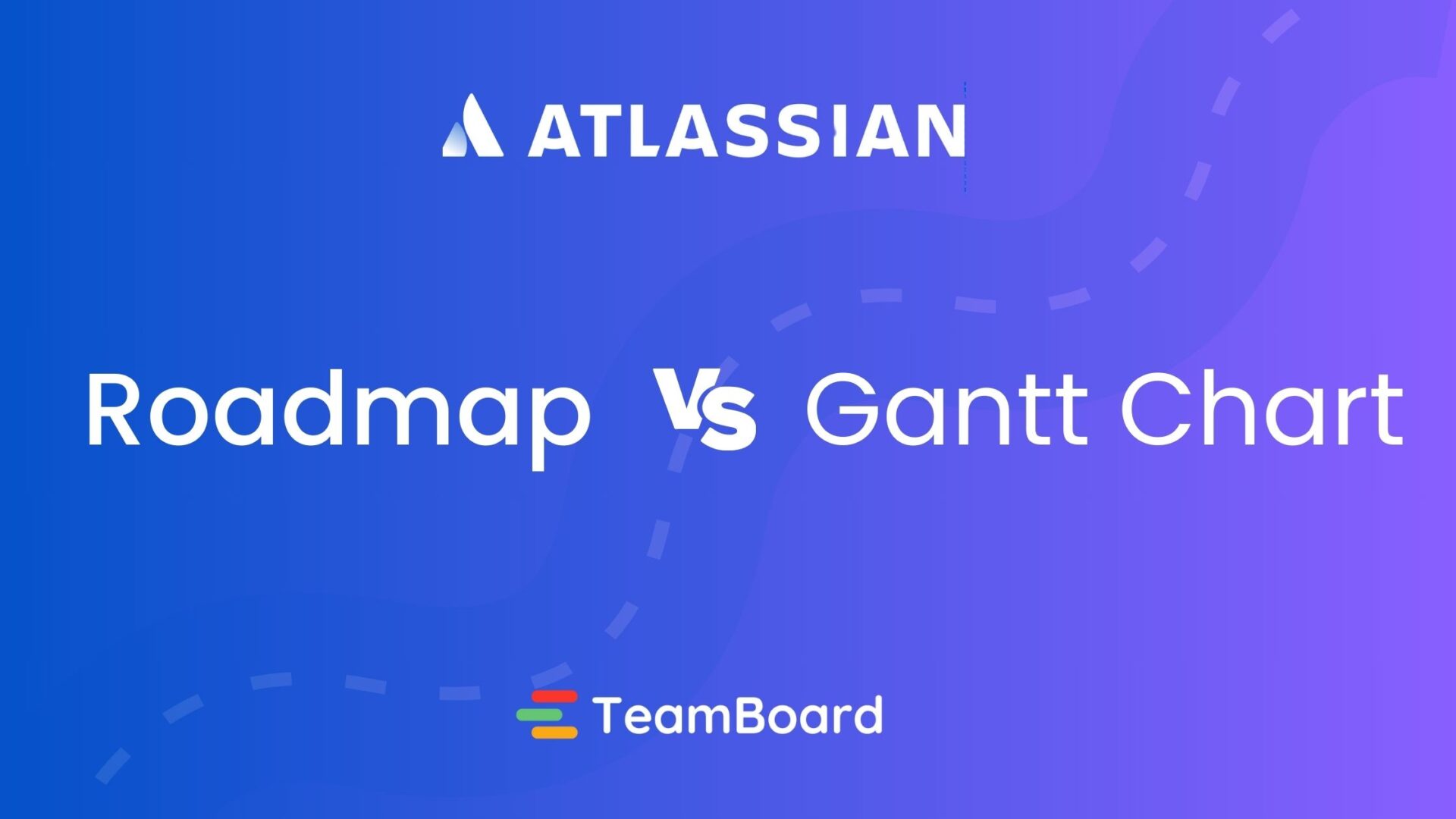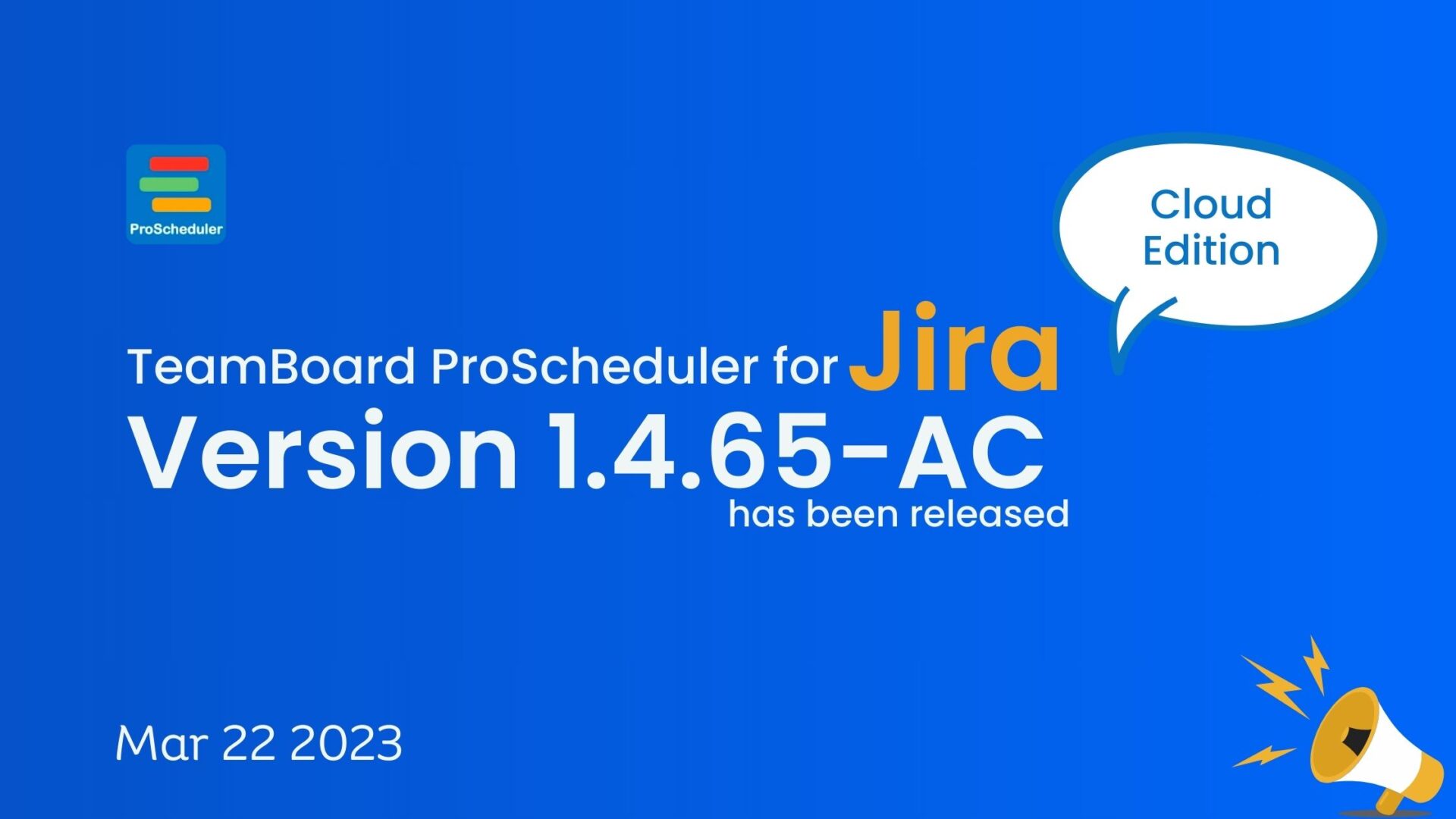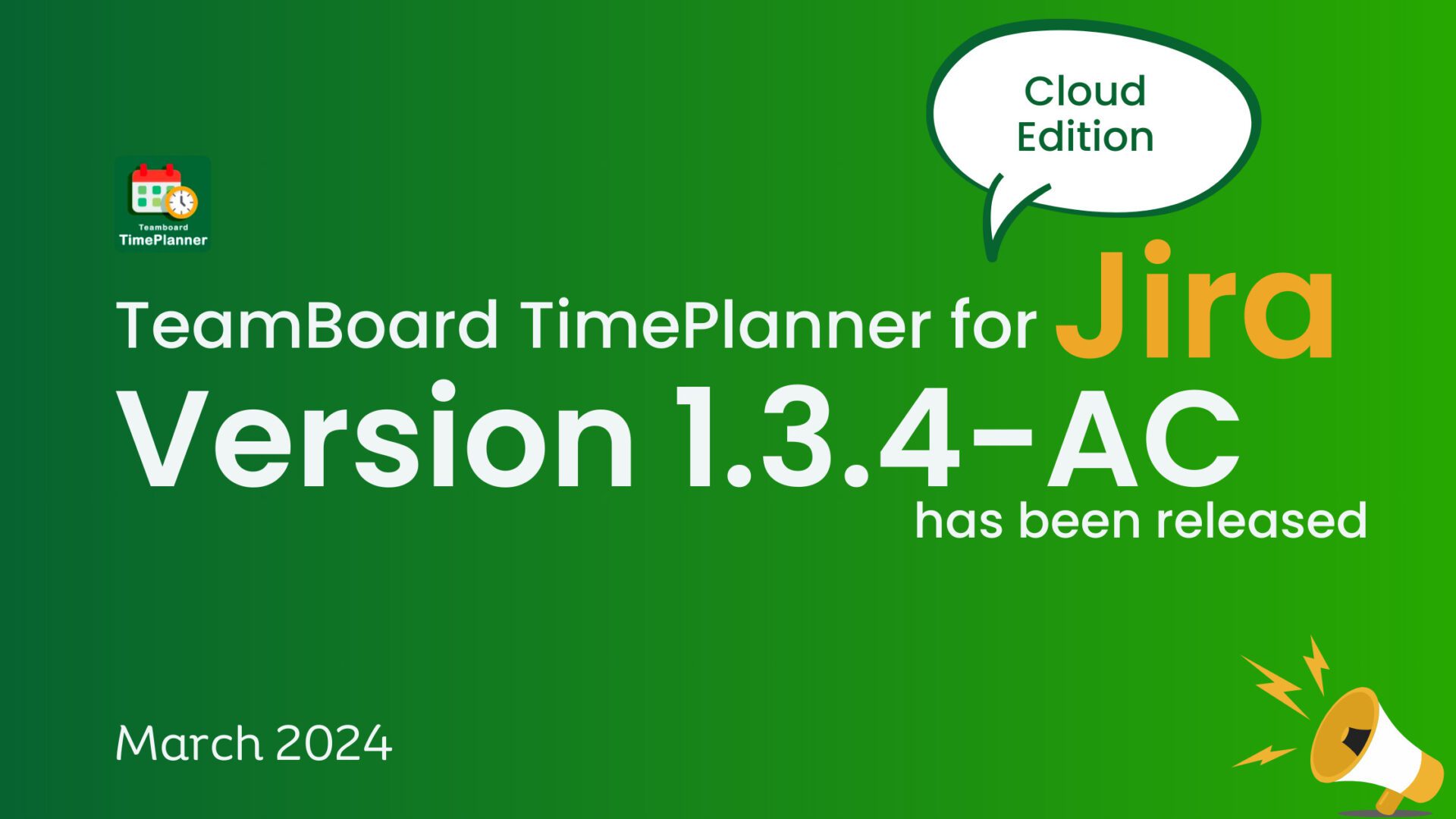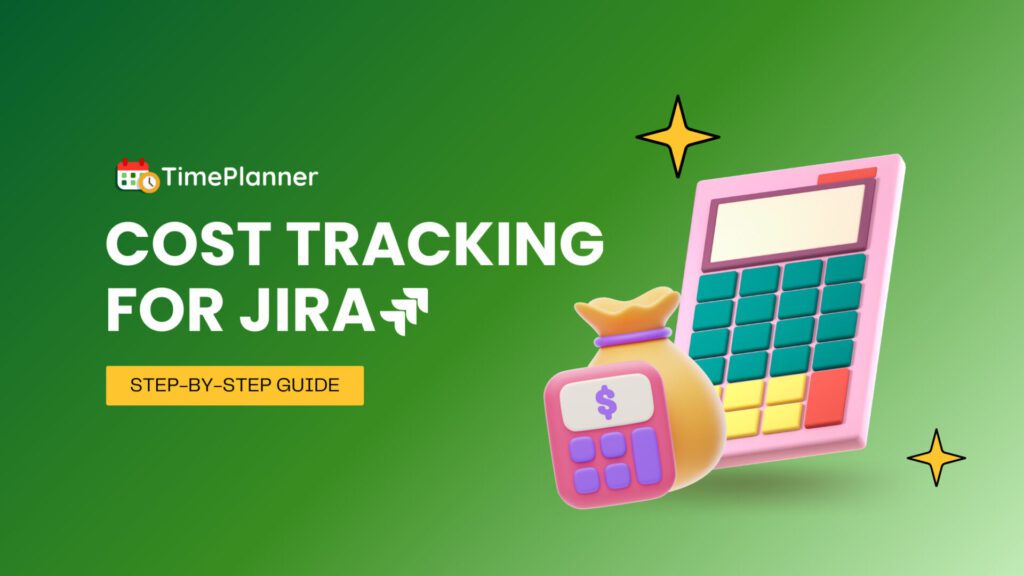Table of Contents
What are Stakeholders in Project Management? Learn different types of Stakeholders
A successful project is a result of a collaborative effort of many people. The optimal goal of a business manager is to acquire pre-defined outcomes. Even though you are a project supervisor, you need to work with team members, project sponsors, leadership, clients, and other departments within the organization to hit your target. Their interest and active participation are significant to attaining success. These people become stakeholders in project management!
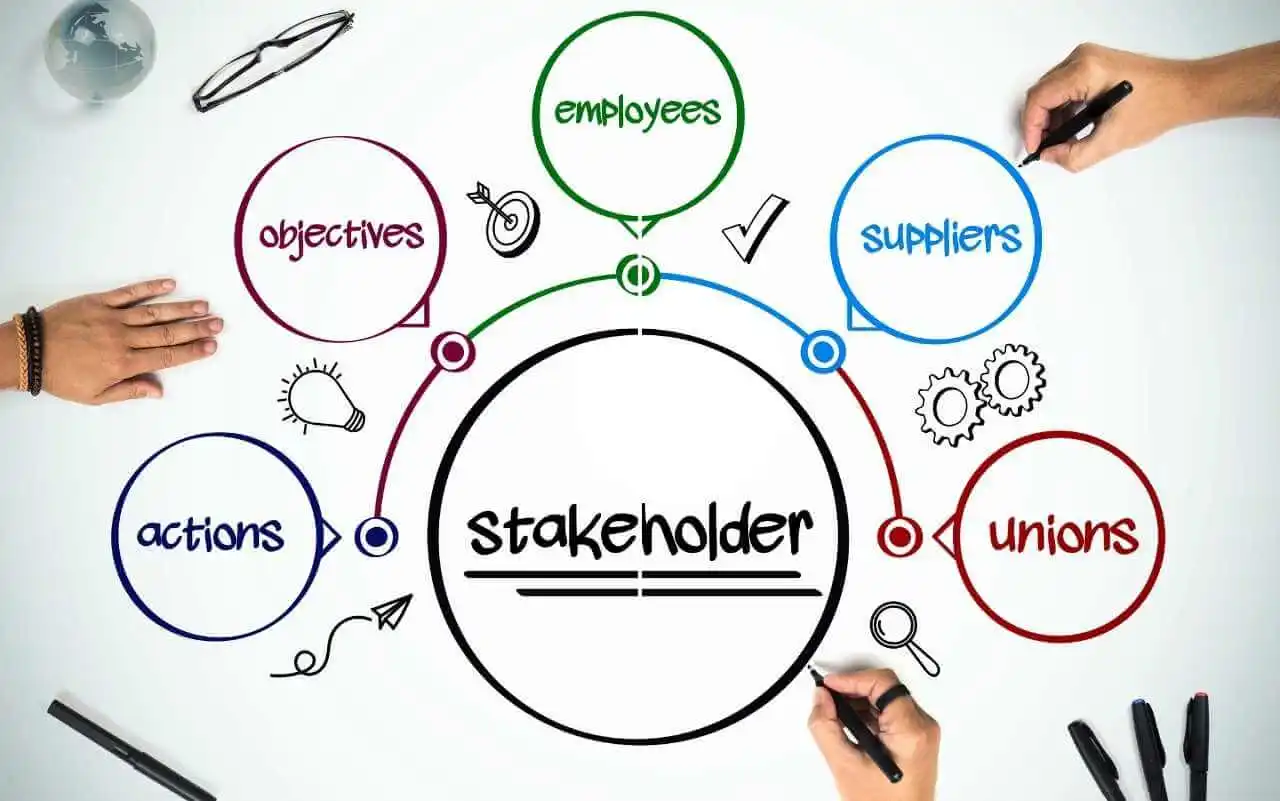
So, what are stakeholders? These are the members whose input and support are essential to align your project objectives to the business goals. Let’s get into the details.
What are Stakeholders in Project Management?
The stakeholders are the people who help a company meet its strategic goals by contributing their experience and perspective to a project. They also provide significant materials and potential resources in project management to acquire success. Additionally, stakeholders may be a variety of people impacted or invested in the project. According to research, 62% of successfully completed projects had supportive sponsors.
The key stakeholders in a project are the crucial professionals who have the authority to dictate the project and are affected by its outcomes. Therefore, the growth and business victory highly depends on the stakeholder’s role in project management.
Important key Stakeholders in a Project
Some key stakeholders that affect the progress of project activities are discussed below.
-
Project Manager
The person who supervises the project activities to make the project execution effective up to the benchmark. Furthermore, he provides a project management plan to accomplish all the task deliverables efficiently.
-
Project Sponsor
A sponsor is a project financier who renders project support and supplies. He may either be external or internal to the company.
-
Executives
The top management authority of a business is responsible for planning the organizational strategies to generate revenues for the enterprise.
-
Customers and Users
Customers are the people or organizations who are the direct users of the product or service. They will approve and improvise the project’s stuff, service, or result.
-
Business Partners
They are external industrial companies that have a special partnership with the business enterprise.
-
Resource Managers
These are the people who manage the resource allocation for the production execution of the projects. The resources include technical support, the right materials, and equipment for the project.
-
Functional Managers
They are key individuals who play the management role within an administrative department of the business. For example, human resources, accounting, etc.
-
Vendors
Vendors are the external companies that become a part of a contractual agreement to facilitate the business services or resources necessary for the project execution.
Types of Stakeholders in Project Management
It is essential to understand that the key stakeholders may be inside or outside your business domain. So, you need to acknowledge the difference between the internal and external stakeholders in an organization.
Internal Stakeholders
Internal stakeholders are the ones who have direct contact with your organization. They are also called the stakeholders within the house. The business manager, team members, board of directors, resources, and other managers are included in this category.
External Stakeholders
External stakeholders are outside of your organization and are indirectly influenced by the project. Still, they’re impacted by the company’s work. These people may be suppliers, customers, clients, users, intermediaries, contractors, society, government entities, and more.
How to do Stakeholders’ Management?
It is important to do adequate stakeholder management because they are significant parts of project success. As a manager, it is time to map out your stakeholders when you accomplish your project charter and optimize the scope. Let’s discuss how to perform the stakeholder analysis process.
Identify your Stakeholders
Finding the right stakeholders on time is pretty challenging because some supporters don’t come into play later in the project life cycle. So, it is necessary to figure out your partners in projects beforehand to avoid any confusion. Thus, when you are documenting the project management plan, it is significant to list all your stakeholders, both external and internal ones, to keep your project functioning. According to research, 41% of underperformers believe that inadequate sponsor support is the main reason for project failure.
Once you identify your key stakeholders in a project, you need to inform them about your project scope and resources to keep them aware of the project activities. It helps them to keep them satisfied with your enterprise.
Document the stakeholder’s Roles and Duties
A documented stakeholder management plan ensures your stakeholders’ interests and expectations are acknowledged so that you can properly optimize them. A well-designed plan allows your key stakeholders in a project to clearly figure out what are their roles and responsibilities to make your project a big success. Therefore, adequate planning is significant to acquire their engagement and business revenues.
Perform Effective Communication with your Stakeholders
When you negotiate with your supporters for essential decisions, they feel valued. You can consider their consultation to keep them engaged in the company’s matters. For example, a business leader should establish a friendly and cooperative environment for your stakeholders. If you want to make a contract with your competitive industry, you should turn to your key stakeholders before taking any legal decision. This course enhances their trust in the company and strengthens the bond between you and your partners.
For this purpose, you can provide them with all the information in the form of an alluring dashboard. You can use TeamBoard ProScheduler, a top planning tool that helps you in efficient project execution. You can improvise project scope with a Gantt chart and WBS and visualize the workload, project’s current status, tempo structure, and timeline effectively and forward it to your stakeholders.
Conclusion
In short, if you have a yen to procure sufficient revenues for your business, you must ensure that all your stakeholders are content with your enterprise. Stakeholders in project management play an adequate role in acquiring project success. As a project leader, it is up to you to ensure transparency in your business chores. Try to establish a sturdy connection with your supporters with effective communication. Additionally, document their responsibilities and keep them informed about the project activities. It fosters your credibility and keeps them engaged in developing long-term sustainability.


